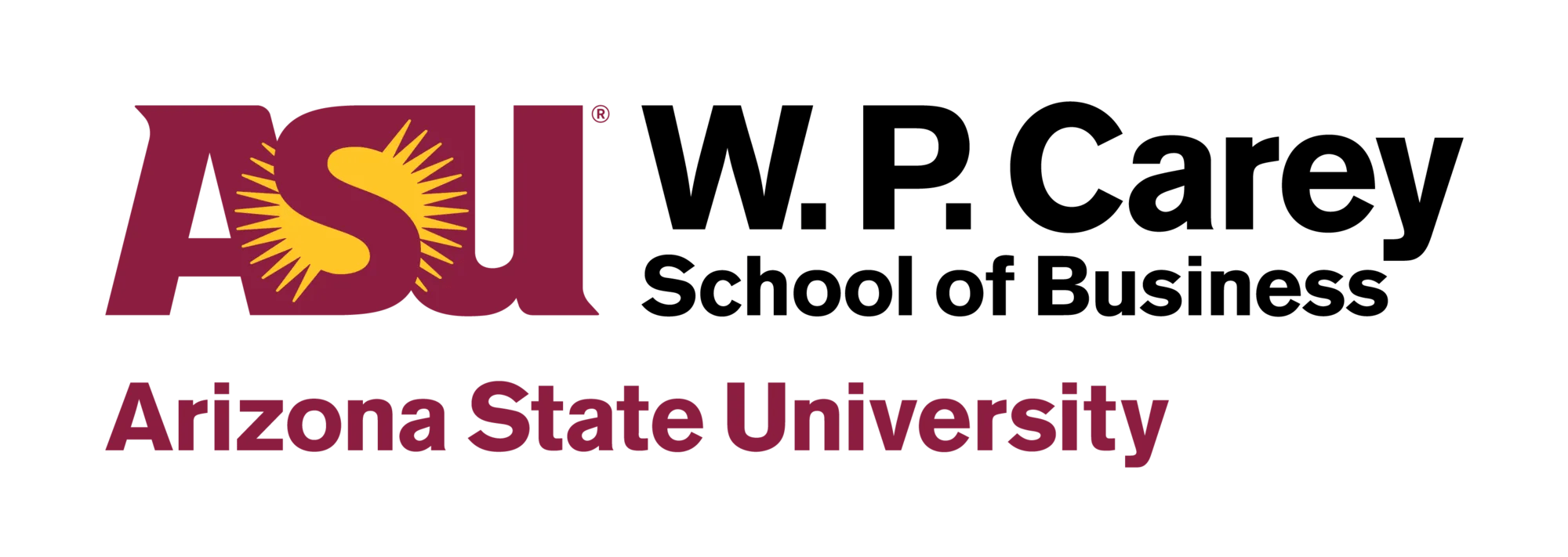ATD Blog
Leadership Lessons You Can Lean On
Remember to lean in—not just to your career, but to empathy, resilience, and the opportunities to create lasting change.
Fri Mar 14 2025

Sheryl Sandberg’s book Lean In didn’t just spark a conversation—it ignited a cultural shift. Her blend of vision, empathy, and resilience offers timeless lessons for anyone looking to create meaningful change in business and beyond.
“Great leadership is not only about achieving results—it’s about making a positive, lasting impact on people and organizations,” says Chris Neck, professor of management and entrepreneurship at Arizona State University’s W. P. Carey School of Business.
Neck, a leadership expert who uses Sandberg as an example of an exceptional leader in his classes, cites her empathy, resilience, and inclusivity advocacy as traits that elevate her leadership skills.
Sandberg served as vice president of global online sales and operations at Google from 2001 to 2008 before serving as the chief operations officer (COO) at Meta, formerly Facebook, from 2008 to 2022, where she held a key role in scaling the company’s business model and aligning the organization’s advertising strategies and customer data insights to increase profits.
Following Lean In, Sandberg published Option B: Facing Adversity, Building Resilience, and Finding Joy, on navigating grief and encouraging resiliency within communities and personal relationships. She also founded the Lean In Foundation to support women through mentorship, skill cultivation, public policy, and programs that combat bias in education and the workplace.
Sandberg has exhibited transformational, servant, and participative leadership styles throughout her career. While at Facebook, she fostered a culture of employee empowerment, innovation, and risk-taking. These transformational leadership skills helped Sandberg inspire social change inside the organization by motivating Facebook employees to achieve more while aligning their personal goals with the organization’s objectives. She also exemplified participative leadership by promoting collaboration, communication, and a culture of “openness” by encouraging employees to participate in organizational decision making and to provide constructive feedback.
Servant leaders are motivated and energized by others’ growth. Through her public relations campaign for Lean In, Sandberg empowered others to succeed through mentorship, professional development, and inclusivity by prioritizing the creation of workplaces where women felt comfortable speaking up.
By sharing her journey as a leader and woman in business through Lean In, Sandberg highlighted how gender and perceived gender norms affect society’s opinion of women leaders. Studies have shown that women in leadership roles are held to higher expectations than their male counterparts when it comes to competency and likability.
“Sandberg has spoken about being criticized for her ambitious and direct leadership style—feedback male leaders often don’t receive,” says Neck. “This highlights persistent biases in how society perceives leadership traits in women.”
Sandberg’s strategic and analytical skills were instrumental in scaling organizational operations at Google and Facebook and her dedication to fostering inclusive workplaces has encouraged conversations that have positively affected corporate work culture. These professional transitions prompted changes in Sandberg’s leadership style.
“While at Google, her style was heavily analytical and growth-focused because the organization’s fast-paced, performance-driven nature required a more direct, results-oriented approach,” says Neck. The scale and challenges Sandberg navigated at Facebook led her to adopt a more collaborative leadership approach.
Following a personal loss in 2015, Sandberg channeled her experience into her book Option B. She adopted a more human-centered approach, emphasizing vulnerability and emotional intelligence in her leadership.
“Life experience and public scrutiny led her to reflect deeply on leadership’s emotional dimensions,” says Neck.
Sandberg’s leadership styles still hold up in modern workplaces that value innovation, inclusion, and empowering others. However, Lean In may require modifications to better align with today’s conversations related to work-life balance, intersectionality, and systemic biases.
“Critics argue that Lean In placed too much responsibility on women without addressing systemic issues in organizations,” says Neck.
Neck hopes his students walk away from class appreciating how Sandberg’s resilience, self-leadership, and emphasis on inclusivity have affected her ability to successfully lead others while elevating issues related to gender bias in business.
“Sandberg set clear goals to achieve extraordinary results at Facebook and Google, managed personal adversity with courage and transparency, and aligned her values with her professional mission to empower others,” says Neck. “Her authenticity, transparency, and ability to communicate complex ideas have been pivotal.”
Sandberg’s story reminds us to lean in—not just to our careers, but to empathy, resilience, and the opportunities to create lasting change.
More from ATD


